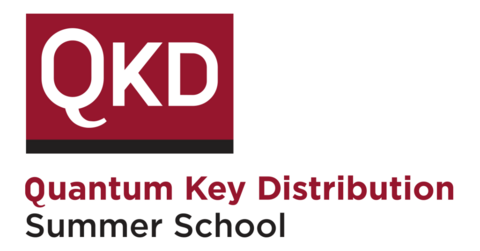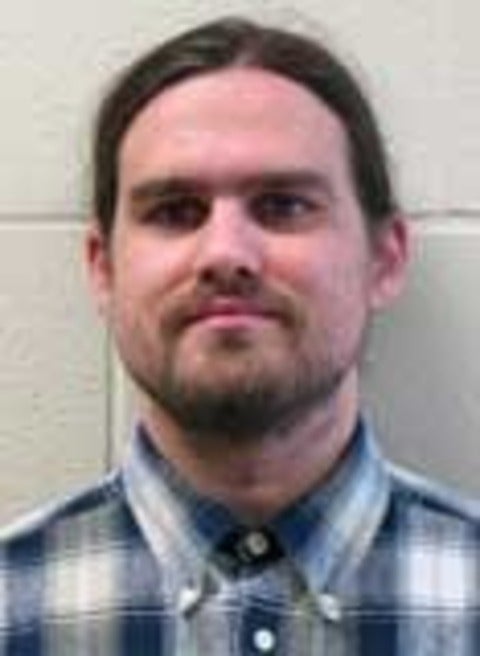Britton Plourde: Superconducting metamaterials and asymmetric transmon qubits
Britton Plourde, University of Syracuse
Low-loss resonators formed from lumped circuit elements or distributed transmission lines can be coupled to superconducting qubits. This is the basis for the numerous investigations of circuit-QED over the past decade. In this case, one is primarily interested in the coupling between the qubit and one or a few modes.

